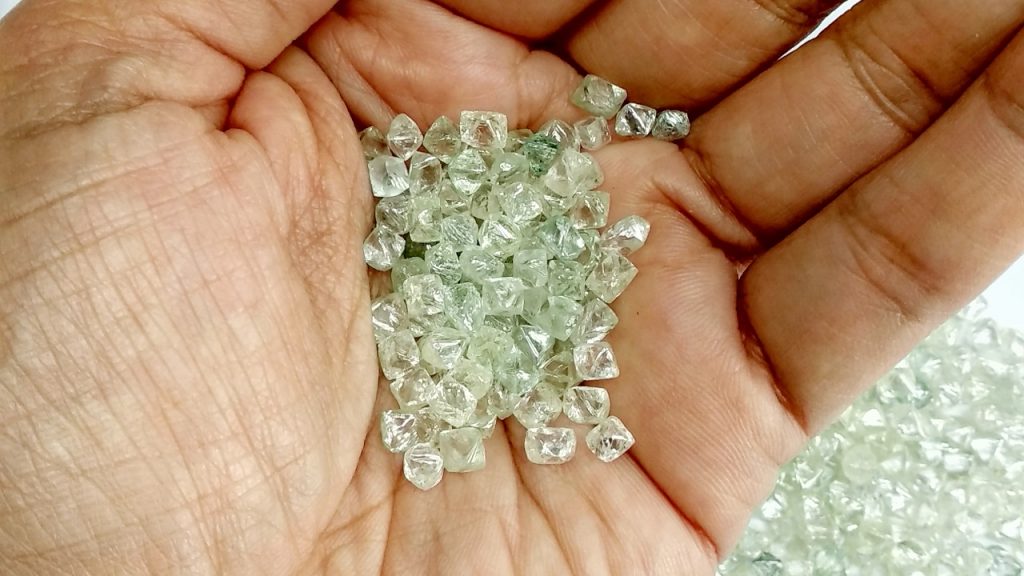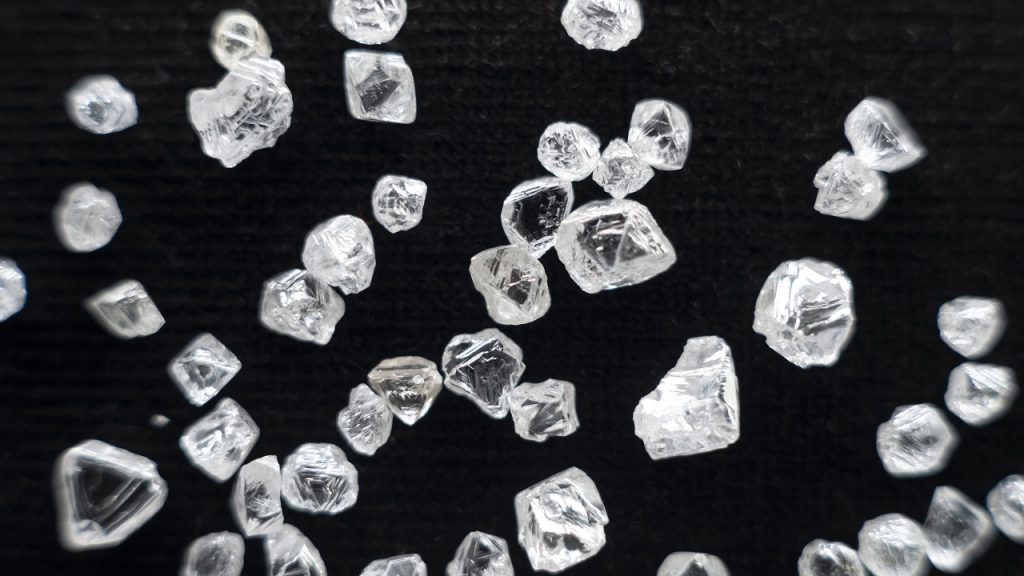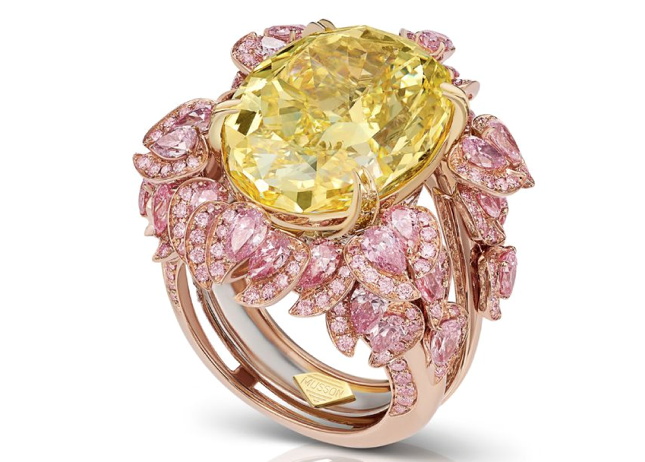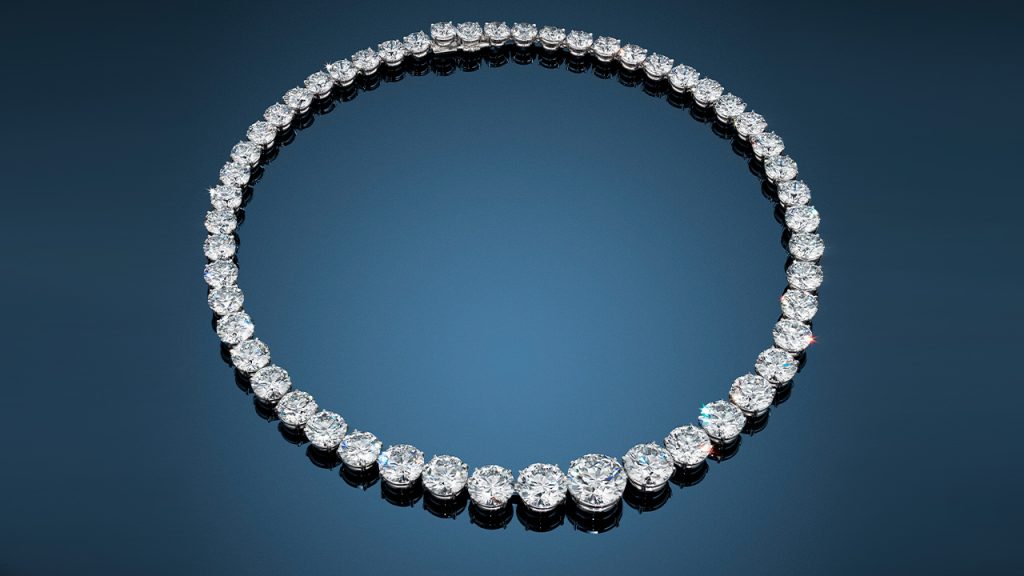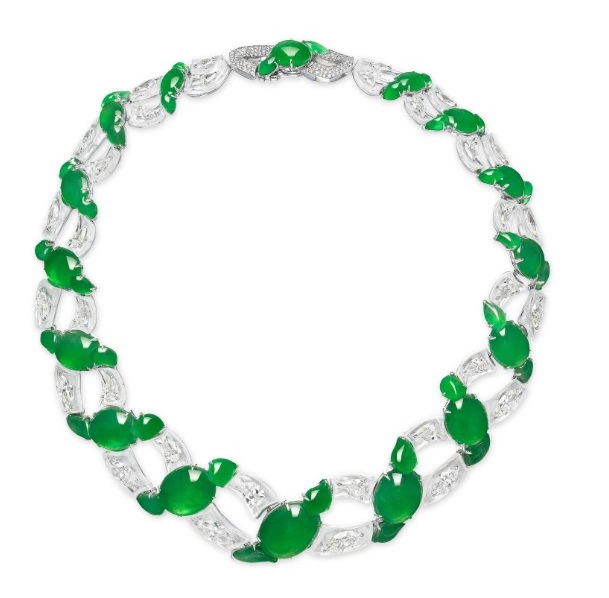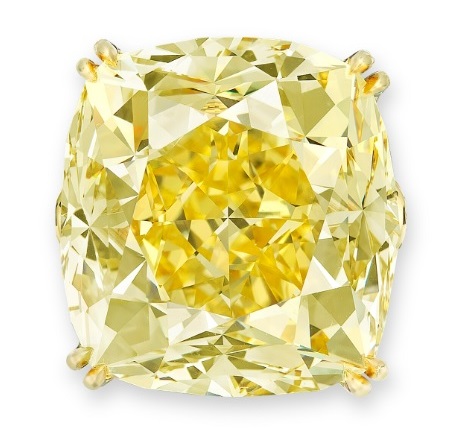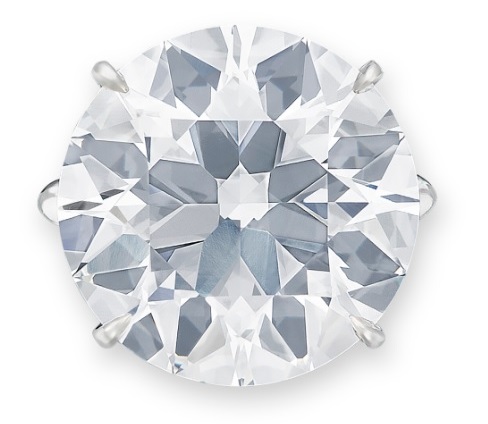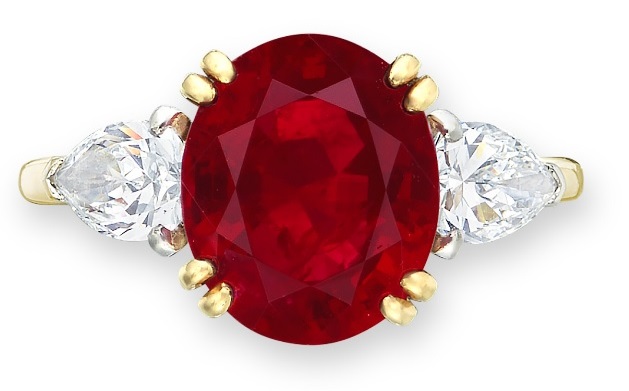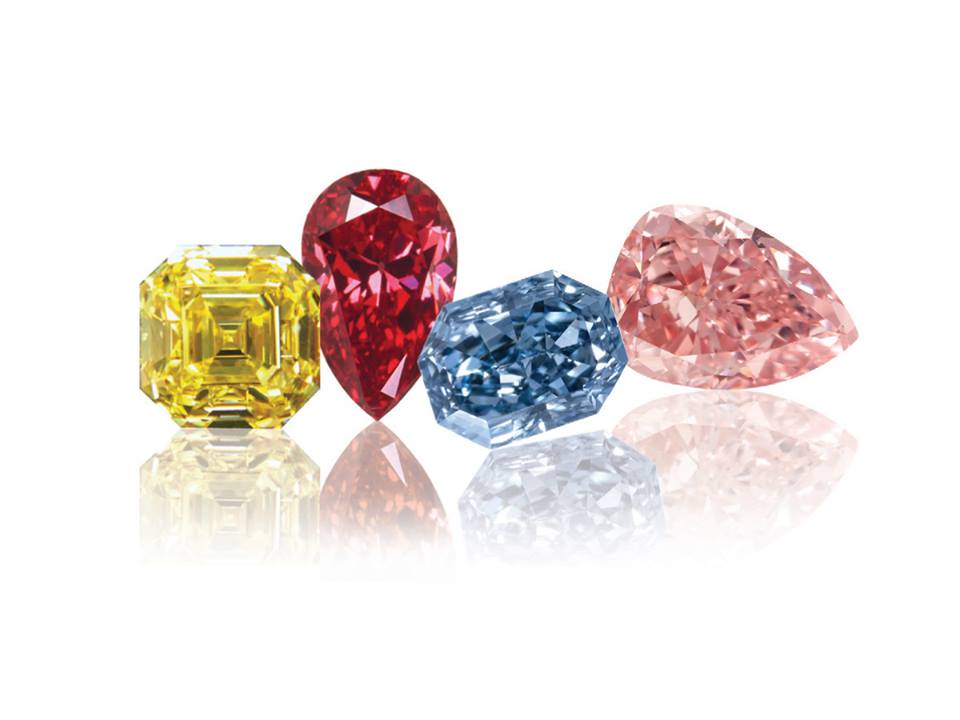
Argyle pink diamonds are extremely rare and highly sought-after, making them some of the most valuable diamonds in the world. The Argyle diamond mine in Western Australia is the primary source of pink diamonds, and it is estimated that only 0.01% of the diamonds recovered from the mine are pink in colour, with an even smaller percentage being of the highest quality.
The Argyle mine ceased operations in 2020, which has led to speculation that the prices of pink diamonds, including argyle pink diamonds, may increase in the coming years. With the mine no longer producing new stones, the limited supply of these rare diamonds is expected to drive up demand and prices. However, like any investment, it’s important to carefully consider market trends and consult with a qualified professional before making any decisions.
The largest pink argyle diamond found to date is the Argyle Pink Jubilee, which was discovered at the Argyle mine in Western Australia in 2011. The diamond weighs 12.76 carats and is a vivid pink colour, making it one of the largest and most valuable pink diamonds ever found. The Pink Jubilee was cut and polished over a period of ten months, during which time the rough diamond was studied and analyzed extensively to determine the best way to bring out its natural beauty and maximize its value. The diamond was sold at auction in 2013 for an undisclosed sum, but it is believed to have fetched a record-breaking price per carat for a pink diamond.
Red diamonds are extremely rare, even more so than pink diamonds. It is estimated that only a handful of natural red diamonds are found each year, and most of them are less than half a carat in size. Red diamonds are so rare that many jewelers and gemologists may go their entire careers without ever seeing one.
The red colour in diamonds is caused by the presence of a rare mineral which causes “graining,”, This occurs when the crystal structure of the diamond is distorted during its formation. The graining causes the diamond to absorb green light and reflect red light, resulting in a beautiful and distinctive red hue.
Because of their rarity, red diamonds are among the most valuable and expensive gemstones in the world. They are highly sought-after by collectors and investors, and prices for top-quality stones can reach millions of dollars per carat at auction.
Blue diamonds are also quite rare, but not as rare as pink or red diamonds. Blue diamonds account for only about 0.02% of all diamonds mined worldwide. The blue colour in diamonds is caused by the presence of trace amounts of boron during their formation, which causes the diamond to absorb red, yellow, and green light, resulting in a blue hue.
Blue diamonds are highly prized for their unique colour and rarity, and they can command very high prices at auction. The value of a blue diamond depends on a variety of factors, including its size, colour intensity, clarity, and overall quality. Blue diamonds range in colour from pale blue to vivid blue, with the most valuable stones being those with a deep, rich blue colour.
One of the most famous blue diamonds is the Hope Diamond, which is a 45.52-carat blue diamond that is part of the Smithsonian Institution’s collection of natural history specimens.
The most expensive diamond ever sold is the Pink Star, a 59.60-carat oval-cut pink diamond that was sold for $71.2 million at a Sotheby’s auction in Hong Kong in 2017. The diamond, which is the largest internally flawless fancy vivid pink diamond ever graded by the Gemological Institute of America (GIA), was mined in Africa in 1999 and took two years to cut and polish.
The Pink Star was originally sold at auction in 2013 for a record-breaking $83 million, but the sale was later cancelled after the buyer defaulted on the payment. The diamond was put back up for auction in 2017 and sold to a jewelry retailer in Hong Kong for $71.2 million, setting a new world record for the most expensive diamond ever sold at auction.
Yellow diamonds are not as rare as pink, red, or blue diamonds, but they are still considered rare and highly prized. Yellow diamonds are formed when nitrogen atoms are trapped in the crystal lattice structure of the diamond during its formation, causing it to absorb blue light and reflect yellow light.
The intensity of the yellow colour in a diamond can vary widely, ranging from a pale yellow or light lemon colour to a deep, intense yellow. The most valuable yellow diamonds are those with a deep, rich colour that is evenly distributed throughout the stone.
Yellow diamonds are mined in various parts of the world, including South Africa, Australia, and Canada. While yellow diamonds are not as rare as some other coloured diamonds, high-quality yellow diamonds can still command very high prices at auction, especially those with a large carat weight and intense colour.
Orange diamonds are considered rare and highly valuable. The orange colour in diamonds is caused by the presence of nitrogen and other impurities in the crystal lattice structure of the diamond, which absorb blue and green light, resulting in an orange hue.
Orange diamonds can range in colour from pale orange to a deep, vivid orange, with the most valuable stones being those with a pure and intense colour. Orange diamonds are not as commonly found as white or yellow diamonds and are considered much rarer than brown or gray diamonds.
The most famous orange diamond is the Pumpkin Diamond, a 5.54-carat fancy vivid orange diamond that was mined in South Africa. The Pumpkin Diamond was sold at auction in 1997 for over $1.3 million, and it is now part of the collection at the Smithsonian Institution’s National Museum of Natural History in Washington, D.C.
Source: Michael Cohen DCLA

